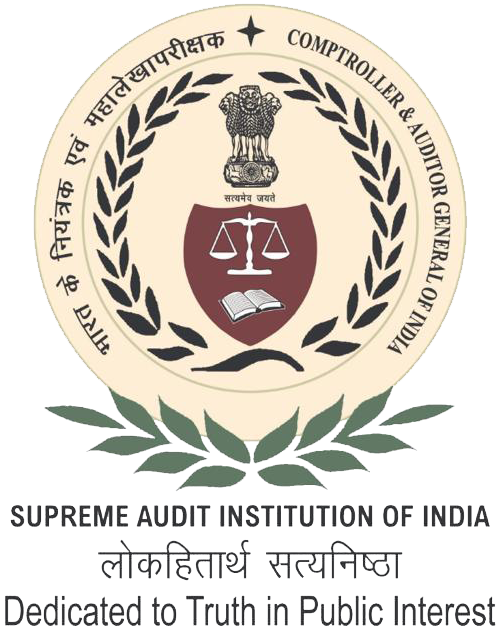- Home
- About Us
- Functions
- Resources
- Tour Programme
- Publication & Reports
- Contact Us
- Employee Corner
- Right to Information
Audit Reports
Performance

Madhya Pradesh
Report No. 03 of the year 2023 - Report of the Comptroller and Auditor General of India on Performance Audit on Construction of Major Bridges in Madhya Pradesh by Public Works Department
Date on which Report Tabled:
Thu 08 Feb, 2024
Date of sending the report to Government:
Thu 13 Apr, 2023
Government Type:
State
Sector
-
Overview
In our audit, we observed that the main lacunae in the construction of Bridges was the time and cost overrun. In 72 audited Bridge works, only nine works were completed within the period stipulated in the Agreements. There were delays ranging from one to 68 months in the remaining 63 bridge works. The major reason for the time and cost overrun was inadequate planning.
To internalize planning in the Department’s construction activities and to have a systemic approach to the same, the Department should ensure utilization of planning tools and techniques such as Critical Path Method/ Programme Evaluation Review Technique Chart, etc. There was lack of application of the Critical Path Method by the Department in all the Bridge works which resulted in failure in identifying the reasons for delay in project completion and also in locating the areas where additional efforts were required to effect the timely completion of projects.
An efficient contract management is important for a cost effective project execution, it involves prudent recoveries, avoidable expenditures and due adherence to the extant rules. The shortcomings of the Department in the management of its contracts are detailed in the Chapter 3 of this Report. Audit noticed in many instances that the royalties amounting to ₹63.73 lakh were less recovered, besides, the works costing ₹101.95 crore were finalized without obtaining the “No Dues Certificate” of Mineral Resources Department from the contractors
In many Bridges, safety of road users was also not ensured because proper road furniture such as retro-reflective road signs, crash barriers, protective wire mesh, road marking, warning signs, flood gauge, etc. was either provided in the estimates but not executed or not provided at all. Also, the safety kerb was not provided in many Bridges for occasional pedestrians’ movement, removable/ collapsible railings were not provided in case of Submersible Bridges. Importantly the Bridges were electrified only in the urban areas and in case of Railway Over Bridges.
The Department did not have adequate systemic planning and coordination with the other Departments before execution of the Bridge works. The Department could not ensure water-tight adherence to the provisions of the contracts and failed to guarantee a safe and convenient movement also for the pedestrians post the construction.
Download Audit Report

